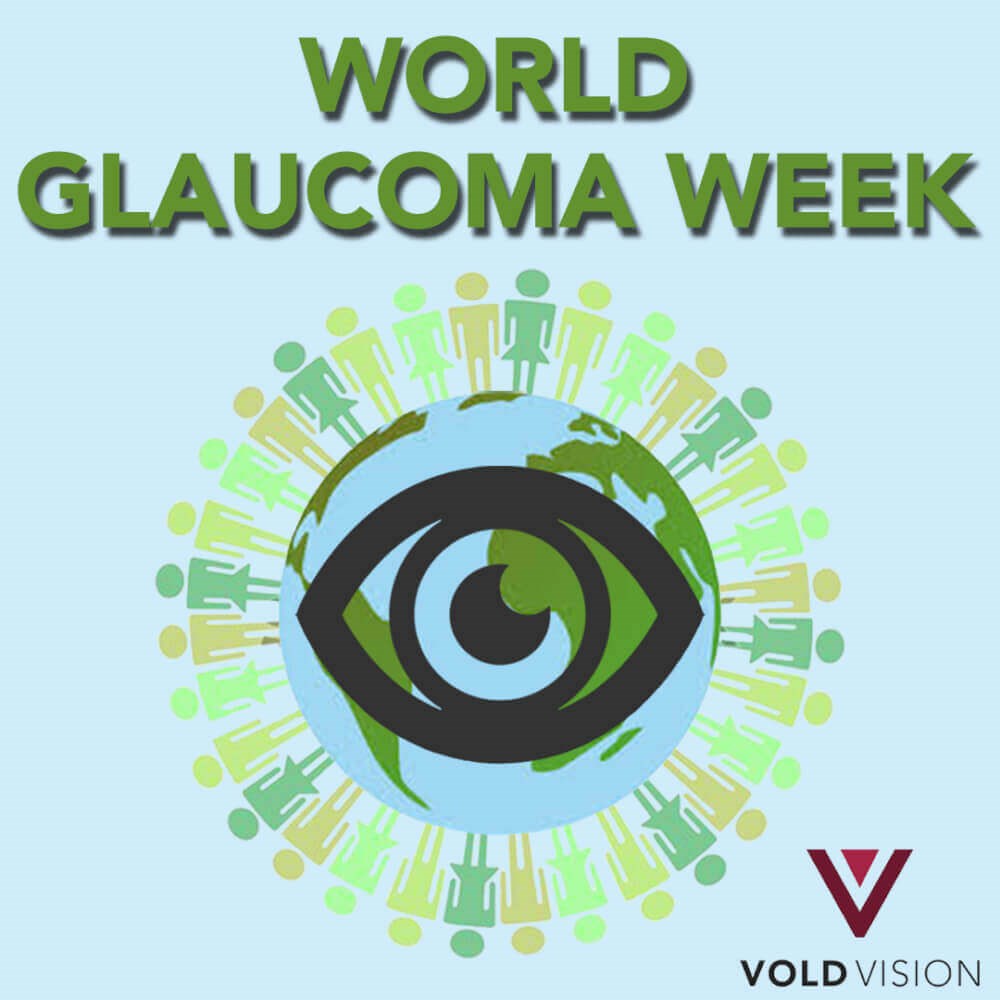
March 7-13, 2021 is World Glaucoma Awareness Week. With over 70 million people diagnosed worldwide, Glaucoma occurs without symptoms, is the third leading cause of blindness and can only be detected through a comprehensive eye exam. Making your vision a top priority is key so let’s review what Glaucoma is and the top five risk factors.
Our eyes are filled with clear fluid. In a healthy eye, the pressure of these fluids remains within a healthy range because old fluid drains out through the pupil at the same rate as new fluid is produced. Glaucoma can interrupt this essential drainage cycle, causing the pressure to rise to dangerous levels. If it rises too much, it can damage the optic nerve and lead to permanent vision loss.
The two main types of glaucoma are angle-closure and open-angle. The first happens very suddenly, when the drainage canals are physically blocked by the iris. Multiple symptoms usually serve as warning signs, such as headaches, nausea, extremely blurry vision, halos around lights, and eye pain. Go straight to the eye doctor if you experience these symptoms.
Ninety percent of glaucoma cases are open-angle. In this form of glaucoma, the eye’s drainage canals become clogged over time, preventing effective draining. The process is so slow that the patient may not notice it until the later stages, which is one reason regular comprehensive eye exams are so important. The earlier we catch open-angle glaucoma, the earlier we can begin treatment and prevent additional damage.
What Are the Risk Factors of Glaucoma?
Everyone is at some level of risk for developing glaucoma, but certain factors make it more likely.
- Advanced Age: As with many other health conditions, advanced age puts you at an increased risk.
- Family History: heredity is one of the biggest glaucoma risk factors. Studies estimate that more than half of glaucoma cases are familial, meaning that someone with a sibling who has glaucoma is ten times more likely to get it than someone who doesn’t.
- Ethnicity: Angle-closure glaucoma is a bigger risk for people of Asian descent, while black and Hispanic people and the elderly are more likely to develop open-angle glaucoma.
- There is some evidence that links steroid use to glaucoma. The Glaucoma Research Foundation cites a 1997 study that was published in the Journal of American Medical Association which found that glaucoma was linked to long-term corticosteroid use, particularly in long-term allergy sufferers.The study found a 40-percent increase in “the incidence of ocular hypertension and open-angle glaucoma in adults who require approximately 14 to 35 puffs of steroid inhaler to control asthma,” writes the source. This includes eye drops, pills, inhalers, and creams, says VisionAware. Other studies have related continuing use of steroids to a higher risk of developing glaucoma.
Apart from age, Other risk factors include steroid use and eye injury.
Early Diagnosis Is Crucial for Saving Eyesight
Right now, there is no way to reverse the damage glaucoma does to the optic nerve. That may change in the future, but modern treatments can halt the disease’s progress, particularly in the early stages. You can protect your eyesight by learning about your personal risk factors and keeping up with your regular eye exams!

